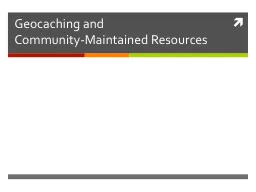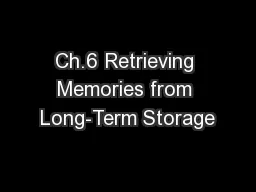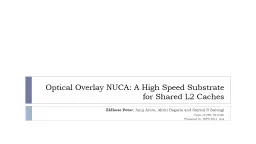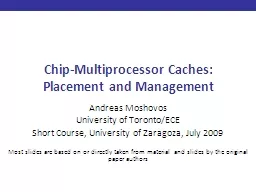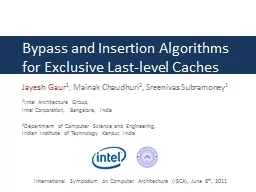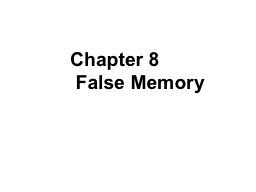PPT-Realistic Memories and Caches
Author : trish-goza | Published Date : 2018-03-07
Arvind Computer Science amp Artificial Intelligence Lab Massachusetts Institute of Technology March 9 2016 httpcsgcsailmitedu6375 L12 1 Multistage Pipeline PC Inst
Presentation Embed Code
Download Presentation
Download Presentation The PPT/PDF document "Realistic Memories and Caches" is the property of its rightful owner. Permission is granted to download and print the materials on this website for personal, non-commercial use only, and to display it on your personal computer provided you do not modify the materials and that you retain all copyright notices contained in the materials. By downloading content from our website, you accept the terms of this agreement.
Realistic Memories and Caches: Transcript
Download Rules Of Document
"Realistic Memories and Caches"The content belongs to its owner. You may download and print it for personal use, without modification, and keep all copyright notices. By downloading, you agree to these terms.
Related Documents



